I’m doing a crowdsensing experiment and I'm capturing a handful of probe requests packets in my Raspberry Pi 3B in my vehicle. To test them, I capture a handful of packets of my own phone. Whenever I did I log the timestamp and the received strength signal in dBm, as shown below. My question is: why does the signal strength varies so much? Is because of interference w.r.t. the vehicle movement?
+-----------+-------------------+-----+
| Timestamp | MAC | dBm |
+-----------+-------------------+-----+
| 09:29:49 | 18:89:5b:36:ef:4f | -48 |
| 09:29:49 | 18:89:5b:36:ef:4f | -50 |
| 09:29:49 | 18:89:5b:36:ef:4f | -54 |
| 09:29:49 | 18:89:5b:36:ef:4f | -55 |
| 09:29:49 | 18:89:5b:36:ef:4f | -72 |
| 09:29:49 | 18:89:5b:36:ef:4f | -82 |
| 09:29:49 | 18:89:5b:36:ef:4f | -49 |
| 09:29:49 | 18:89:5b:36:ef:4f | -49 |
| 09:29:49 | 18:89:5b:36:ef:4f | -55 |
+-----------+-------------------+-----+
